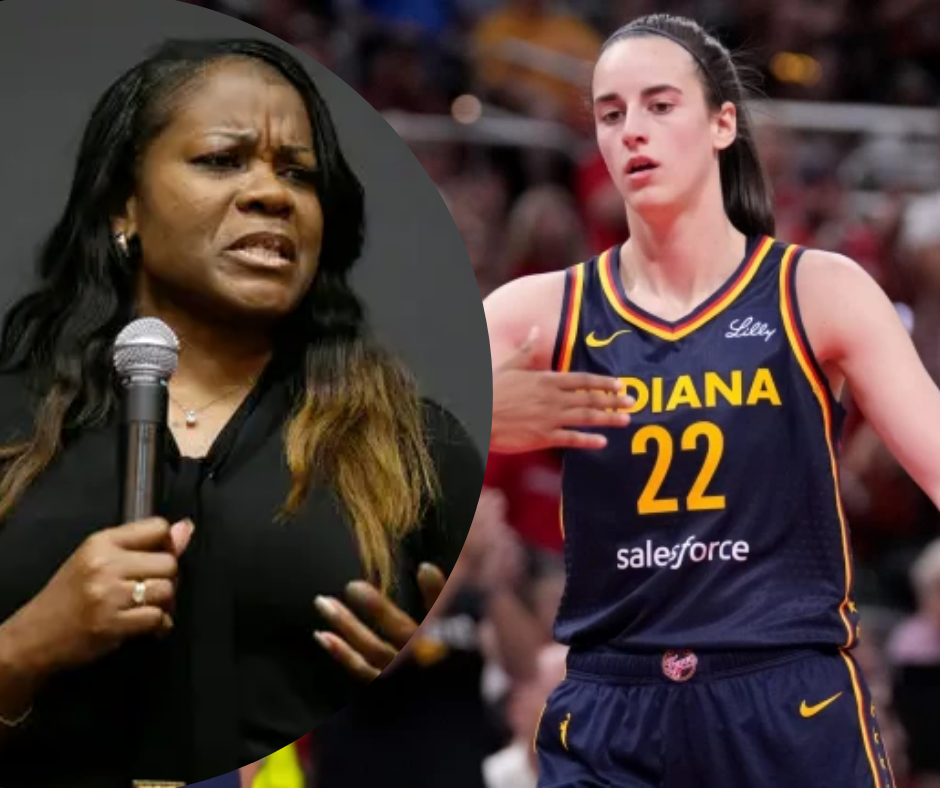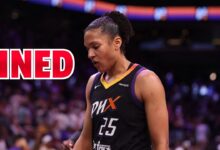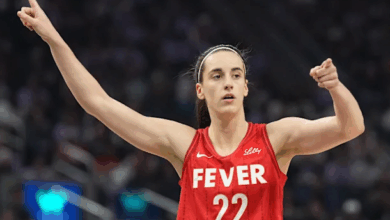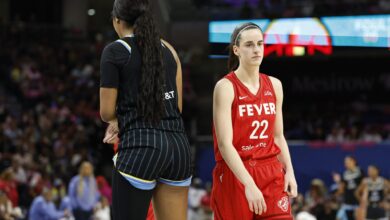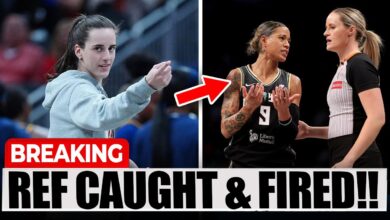Caitlin Clark Rookie Season vs. Sheryl Swoopes 2002 MVP
Indiana Fever rookie Caitlin Clark has faced her share of critics on her rise to basketball stardom, with Hall of Famer and former WNBA great Sheryl Swoopes among the most vocal. Swoopes has questioned everything from the legitimacy of Clark’s collegiate scoring record to her role in the Fever’s surprising success this season.
Considering the tension between these two, we decided to compare Clark’s rookie season with Swoopes’ 2002 MVP campaign. By the end, Swoopes might want to give Clark more credit…
Have all the intel you need? Free actionable info is one click away! Sign up for our daily newsletter, SportsGrid Daily.
Caitlin Clark Rookie Season vs. Sheryl Swoopes 2002 MVP
| Category | Clark (2024) | Swoopes (2002) |
| PPG | 18.7 | 18.5 |
| RPG | 5.6 | 4.9 |
| APG | 8.4 | 3.3 |
| SPG | 1.4 | 2.8 |
| BPG | 0.8 | 0.7 |
| FG% | .424 | .434 |
| 3P% | .341 | .288 |
| FT% | .897 | .825 |
| eFG% | .531 | .457 |
Scoring Impact (PPG & Shooting Efficiency): Clark and Swoopes are elite scorers, but their styles differ significantly. Clark’s impressive three-point shooting and effective field goal percentage highlight her efficiency from long range, a critical asset in today’s game. On the other hand, Swoopes was more efficient overall from the field, focusing on high-percentage shots and finishing with a .434 FG%.
Playmaking (APG): Clark’s playmaking ability is remarkable, averaging 8.4 assists per game—more than double Swoopes’s 3.3 APG.
Rebounding & Versatility (RPG): Clark also holds an edge in rebounding, pulling down 5.6 boards per game compared to Swoopes’s 4.9, which is notable given the former’s role as a point guard.
Defensive Presence (SPG/BPG): Swoopes was a defensive force, averaging 2.8 steals per game to Clark’s 1.4, showcasing her two-way impact. However, Clark does hold a slight advantage in blocks (0.8 vs. 0.7), proving she’s more than capable of altering shots on the defensive end.
Shooting Consistency (FG%, 3P%, FT%): Clark’s shooting consistency shines, particularly at the free-throw line, where she boasts an outstanding .897 FT% compared to Swoopes’ .825. While Swoopes had a slightly better field goal percentage overall, Clark’s superior three-point shooting (.341 vs. .288) makes up for the small gap in field goal efficiency.
Summary:
While both players are remarkable in their own ways, Clark’s modern style as a long-range shooter and elite playmaker contrasts with Swoopes’s balanced approach that combines scoring efficiency and lockdown defense. Swoopes was a two-way powerhouse and versatile forward, but Clark’s rookie season showcases offensive dominance, particularly with her assist totals and three-point prowess.
Given Clark’s undeniable impact and the evolution of the WNBA, perhaps it’s time for Swoopes to acknowledge just how significant Clark’s game is to the league’s future.
